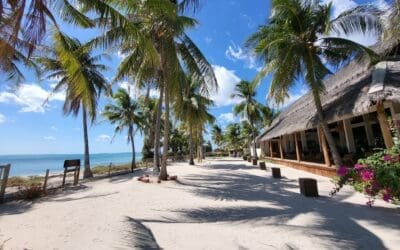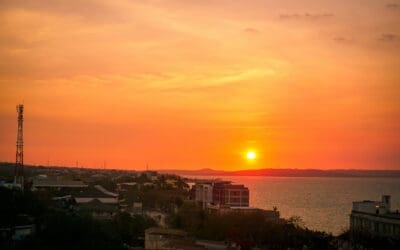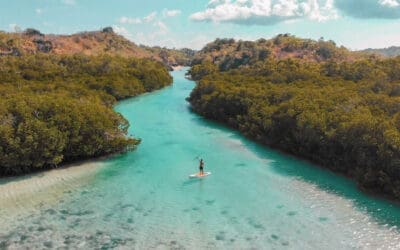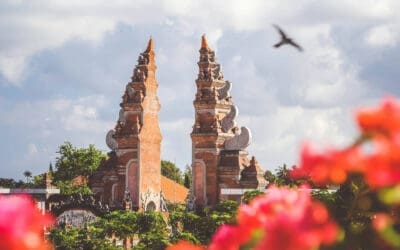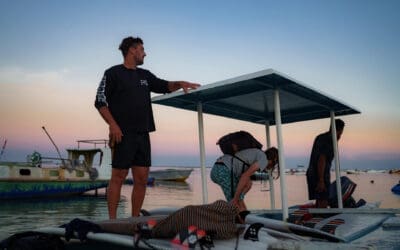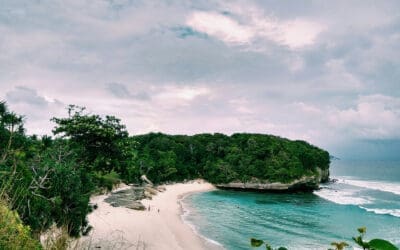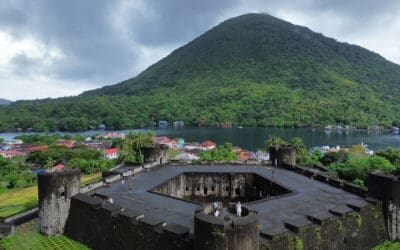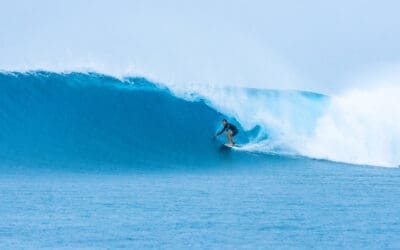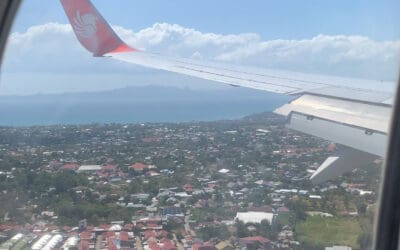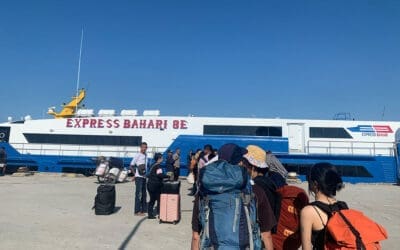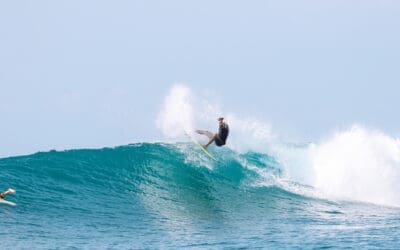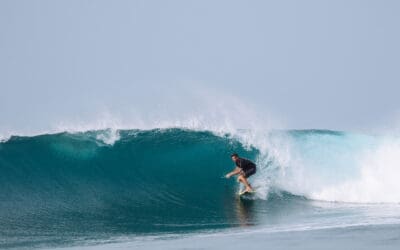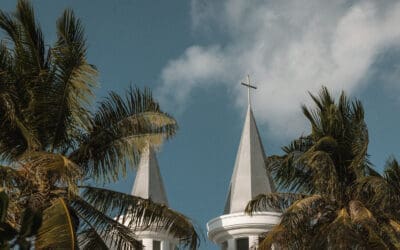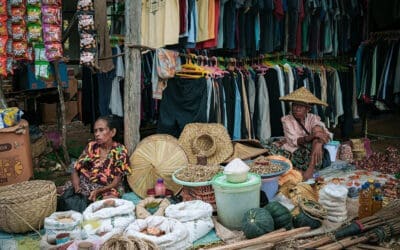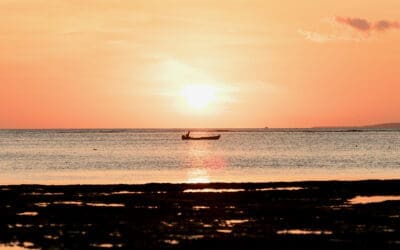Rote Island is one of Indonesia’s up and coming little secrets, but getting there takes a little planning. A little speck of an island out in East Nusa Tenggara, just southwest of Timor, this off-the-beaten-path paradise welcomes travelers with pristine beaches, world-class waves, and warm island hospitality.
Whether you’re coming from Bali, Jakarta, or abroad, this guide walks you through each step, flights, ferries, surfboard policies, overnight stops, and real-time travel tips.
Step 1: Fly to Kupang (KOE)
Fly to Kupang (El Tari Airport – KOE), the capital of West Timor. From there, you’ll continue by ferry or domestic flight to Rote.
Your journey to Rote begins with a flight to Kupang, the capital of West Timor. While it’s not the most glamorous airport in Indonesia, it’s your main jumping-off point to the island. Most travelers fly into Kupang from either Bali or Jakarta. You can’t fly directly to Rote from major international hubs, so this is a necessary first stop.What’s the first step to get to Rote Island?
From Bali (DPS):
- Lion Air offers frequent flights (~1h 45min)
- Budget-friendly, but book early in surf season (May–September)
From Jakarta (CGK):
- Garuda Indonesia or Citilink (~2.5–3h)
- Slightly pricier, more comfortable
Step 2: Choose Your Route from Kupang to Rote
Once you’ve landed in Kupang, you have three options to reach Rote Island. Whether you’re looking for speed, affordability, or a bit of island-hopping adventure, there’s a travel method that fits your style.
Below are your three main options: flying, taking the fast ferry, or cruising in on the slow ferry.
| Option | Travel Time | Days Available | Cost | Surfboard fees | Booking | Best for |
|---|---|---|---|---|---|---|
| Wings Air | 30 mins | Mon, Wed, Fri (Kupang – Rote)Tue, Thu, Sat (Rote – Kupang) | 20 – 100 USD | Max 6.5 ft, IDR 1,000,000 per board | Lion Air website, Traveloka, Skyscanner | Speed & comfort |
| Fast Ferry | 2 hrs | Daily (9:00 a.m. dep.) | $10-15 USD | Accepts all boards with small additional fee per bag | Express Bahari App, hotel assistance | Budget & reliability and travelers with many boards/longboards. |
| Slow Ferry | 4 hrs | Daily (3:30 p.m. dep.) | $4 USD | Free (store on lower deck) | In person at terminal | Budget and experience seekers |
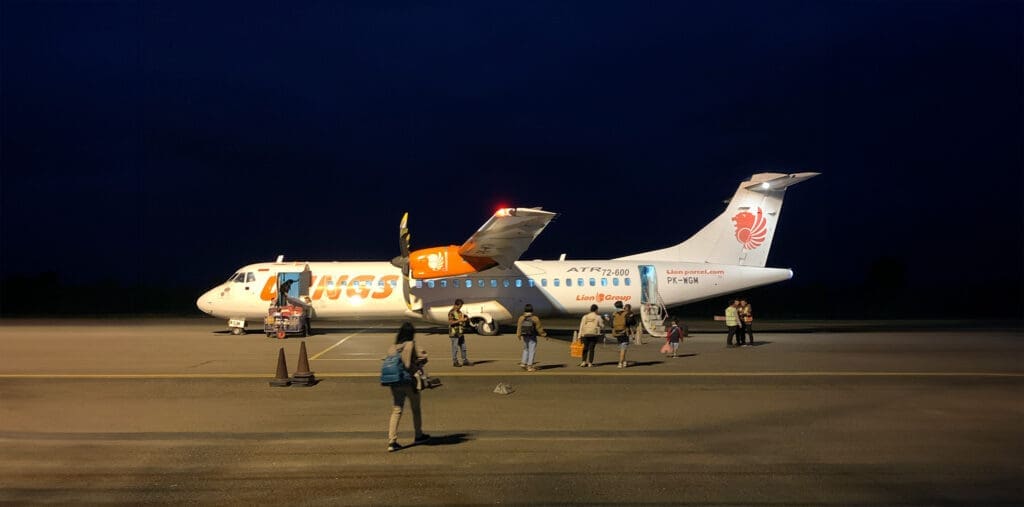
Option 1: Fly from Kupang to Rote with Wings Air
- Fastest (30 minutes)
- New Schedule: Daily at 15:35 from Kupang (KOE), lands Rote ~16:05
- Book via: Lion Air website, Traveloka, Skyscanner
- Surfboard fees: IDR 1,000,000 per board (max length 6.5 ft)
- Pros: Same-day arrival in Rote
- Cons: Frequent delays and cancellations, very high board fees
If you’re short on time or just prefer to fly, Wings air are bring back the quick 30-minute flights from Kupang to Rote; by far the fastest and most convenient ways to reach the island, especially if you’re not carrying longboards or bulky luggage.
Starting April 2nd 2025 Wings Air is reintroducing its afternoon Kupang to Rote flight, which is great news. Prior to this an overnight stay in Kupang was necessary in order to catch the Express Bahari Fast Ferry the following morning. If you opt for the Wings Air flight, you can avoid the overnight stay and arrive in Rote the same day.
👉 See our full guide to Wings Air: Kupang to Rote
👉 Check out our full guide to all Indonesian Airline Surfboard Baggage Fees here

Option 2: Fast Ferry to Rote
- Departs: Daily at 09:00 from Tenau Harbour, Kupang
- Arrives: Pelabuhan Ba’a, Rote around 11:00
- Duration: 2 hours
- Tickets: IDR 172,000 (Eksekutif) / IDR 245,000 (VIP)
- Surfboard fees: IDR 30,000 per bag (no size limit)
- Booking: App (Indonesian card only), port ticket booth, or via hotel/Rote Guide
- Must overnight in Kupang to catch the 09:00 departure
📌 Best option for surfers with multiple or long boards.
Taking the Express Bahari fast ferry is one of the most popular choices for getting to Rote due to price and availability (For the past few years Wings Air was not flying Kupang to Rote, making this the best option).
It’s a comfortable ride with air conditioning and assigned seating, and many travelers love soaking in the ocean views. It’s also a great option if you’re carrying multiple boards, longboards or want to avoid the 1,000,000 IDR per board Wings Air Surfboard Fees.
It is worth noting that you must stay one night in Kupang if you wish to take the fast ferry as it departs at 9am. This has been the process for standard process for the last few years Arrive in Kupang, stay one night, catch the ferry in the morning. Because of this there are many great hotels, and drivers that offer airport to hotel to morning ferry in one price.
Surfboards: All boards accepted and are charged roughly on weight and size, expect IDR 20,000 to 30,000 per board bag
👉 Read the full Express Bahari ferry guide here
🛏️ Tip: Plan ahead to plan overnight in Kupang. Check out our guide to the best Kupang hotels for top picks near the airport and ferry terminal, and our guide to Kupang.
Option 3: Slow Ferry to Rote
- Departs: Daily at 15:30 from Kupang
- Arrives: Rote around 19:30–20:00
- Cost: IDR 64,000 (Adults), IDR 41,000 (Children)
- Surfboards: Free (stored on lower car deck)
- Booking: In person only at terminal
- Experience: Very local, scenic sunset views
📌 Great for budget travelers looking for a more local vibe.
If you’re on a tight budget or just looking to do things the local way, then there is the Rote slow ferry.. It’s a no-frills, four-hour boat ride that gets the job done — and it’s a favorite among local travelers. Just pack some snacks, and a smile, and enjoy the ride. You will be met by many smiling locals, especially kids excited to foreigners on the ferry and as you sail through sunset you get some epic ocean sunset views.
🎟️ Ticket Process:
- Go to counter Counter 1 to load credit on your ferry card or buy one if you do not have one.
- Go to Counter 2 with your ferry card and ID to buy the ticket with the credit you just loaded to it. k.
Tip: If you arrive late and the counters are closed but the boat is still there, head straight down the pier and pay the security guy directly.
What happens when you arrive in Rote?
Whether you arrive by plane or ferry at Ba’a port or Rote Airport (RTI), you’ll need to pre-arrange transport to your accommodation. Gojek and Grab do not operate on the island.
- Nemberala and Bo’a: ~45–60 minutes by car from both airport and ferry
- Most surf resorts offer pickup—confirm when booking
Can you travel to Rote Island in 1 day?
Yes, if you take the Wings Air 15:35 flight from Kupang. Most travelers arriving in the morning from Bali or Jakarta can now connect directly without needing an overnight stay.
However, due to Wings Air’s frequent delays and strict board policies, many travelers still opt to overnight in Kupang and take the fast ferry the next day.
Where should you stay in Kupang?
If you’re spending the night:
- Aston Kupang: Mid-range with ocean views
- Sotis Hotel: Beachfront & close to the ferry
- Swiss-Belcourt: Reliable and centrally located
Best Time to Visit Rote
Rote is a year-round destination, but the experience varies with the seasons. Whether you’re a surfer chasing perfect waves or just looking to relax on a quiet beach, choosing the right time to visit can make all the difference.
Dry Season (May–September)
- Best for surfing due to consistent trade winds and swell.
- Offshore winds & sunny skies
- Peak tourist season—book early
Wet Season (December–March)
- Hotter and quieter
- Occasional heavy rain, fewer crowds
Travel Tip: If you’re a surfer, aim for the dry season. If you prefer a quieter experience and don’t mind occasional rain, the wet season can offer a more authentic feel.
🌤️More on Rote Island Weather & Seasons here
Travel Tips
Here are some practical tips to make your trip to Rote smoother, safer, and more enjoyable:
💰 Cash is King: Bring IDR. ATMs in Nemberala often empty; Ba’a has the nearest reliable ATM.
🌐 Connectivity: Telkomsel offers the best coverage. E-Sims like Holafly work great.
⚡ Power: Type C/F adapter
🗣️ Language: Bahasa Indonesia! Learning basic phrases goes a long way. English limited outside main areas
🙏 Cultural Respect: Dress modestly outside the beach zones
🌴Get travel insurance: We highly recommend travel insurance that covers domestic delays—weather and airline changes are not uncommon in remote Indonesia.
👉 Want more travel tips for remote parts of Indonesia?
What to Do If Flights/Ferries Are Canceled
While inconvenient and annoying, this happens quite often due to weather or logistics issues, so do not panic. If Wings Air cancels without reason, you will be provided some food and money towards a hotel stay in Kupang. We recommended the Aston Hotel. If the ferry is cancelled, depending on the day you can opt for the afternoon Wings Air flight or the Slow ferry that runs every day, or simply wait until the following morning.
We recommend,
- Book flexible tickets if possible.
- Be familiar with/Have a backup night planned in Kupang.
- Get your accommodation to help rebook or secure ferry spots.
- Join local Rote travel WhatsApp or Facebook groups for real-time updates.
FAQs
Q: What’s the cheapest way to get to Rote?
A: The slow ferry (IDR 64,000) is the most budget-friendly.
Q: Can I fly direct from Bali or Jakarta to Rote?
A: Not directly, but you can book a single ticket with Lion/Wings Air via Kupang.
Q: Are surfboards allowed on flights?
A: Yes, with restrictions:
- Wings Air: Max 6.5 ft, IDR 1,000,000 per board
- Susi Air: Max 1.8m / 20kg
Q: Can I bring surfboards on the ferry?
A: Yes:
- Fast ferry: ~IDR 30,000 per board
- Slow ferry: Free, stored on deck
Q: What if flights or ferries are cancelled?
A: Be flexible. Keep a backup plan and extra night in Kupang if needed.
Summary: How to Get to Rote Island
- Fly to Kupang (KOE)
- Choose your route to Rote: fast ferry, Wings Air, or slow ferry
- Plan for board fees, delays, and overnight options
Getting to Rote takes effort, but the reward is world-class waves, warm community, and wild beauty.
👉 Start with our full Rote Island Travel Guide
Need help with bookings or questions? Reach out to Rote Guide—we’re here to help.

